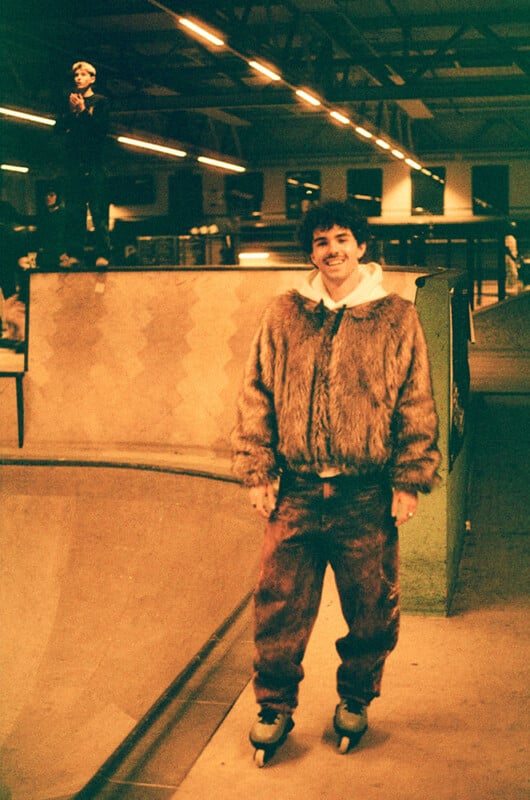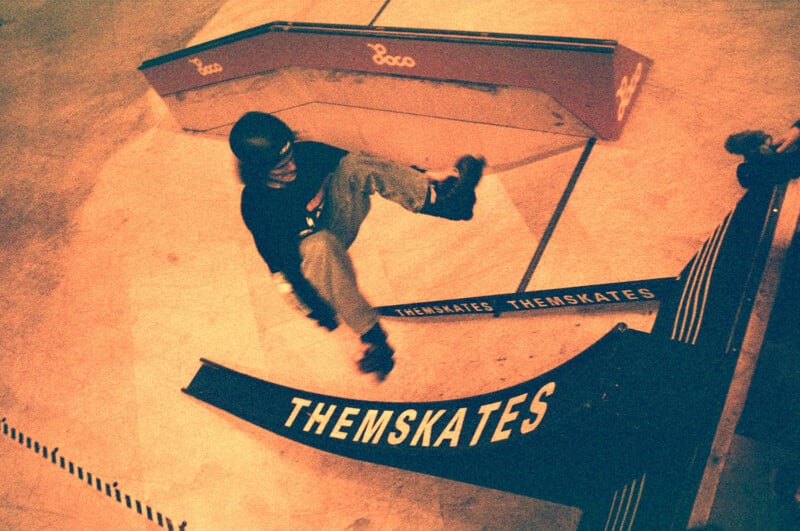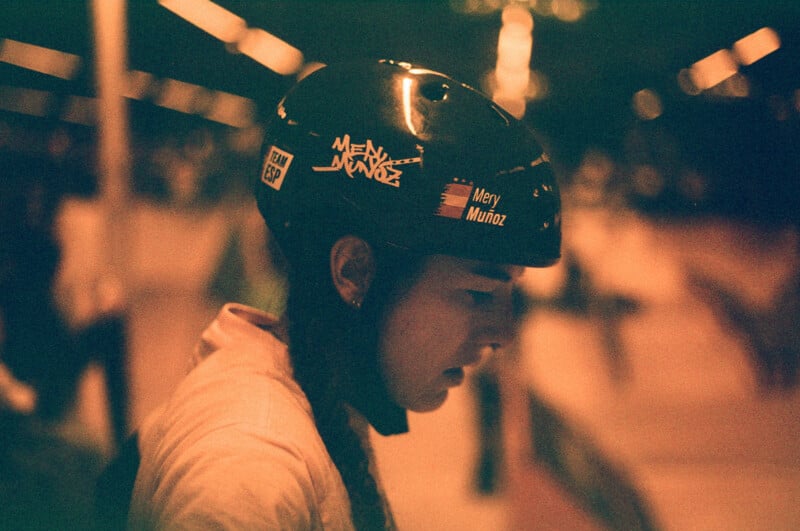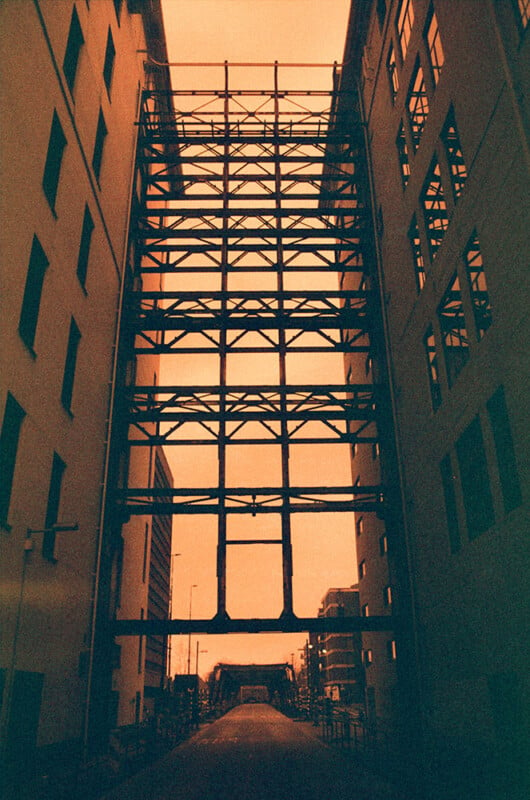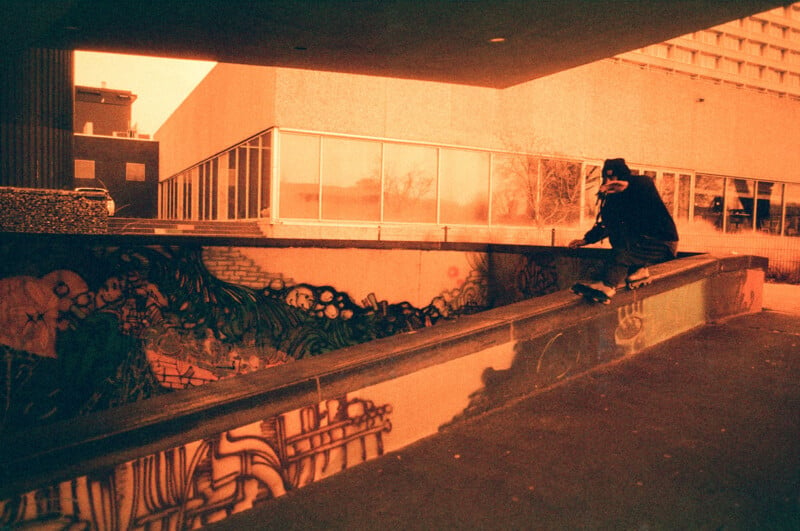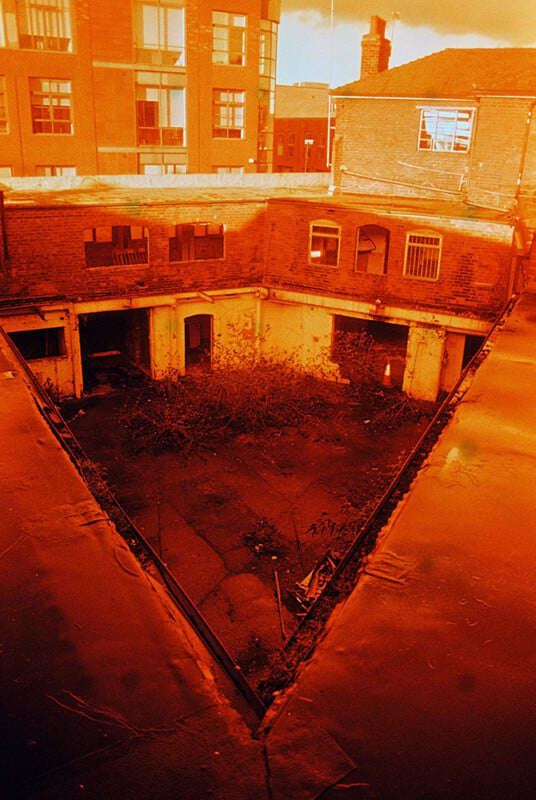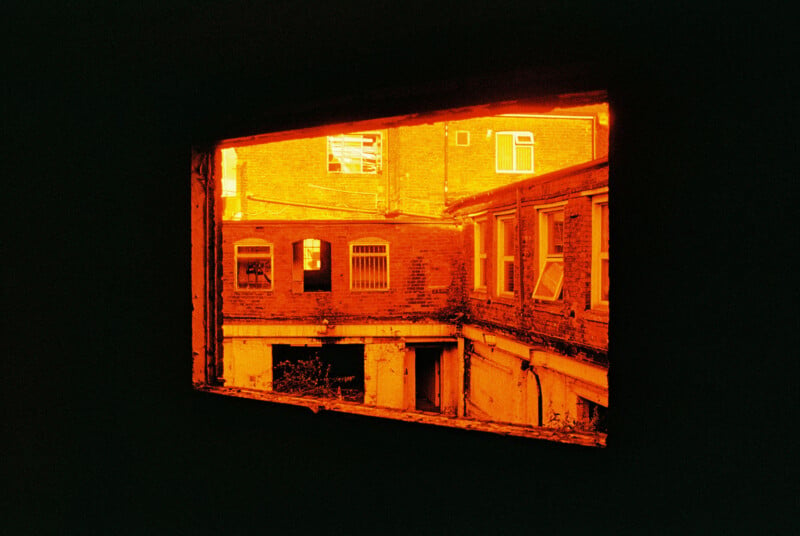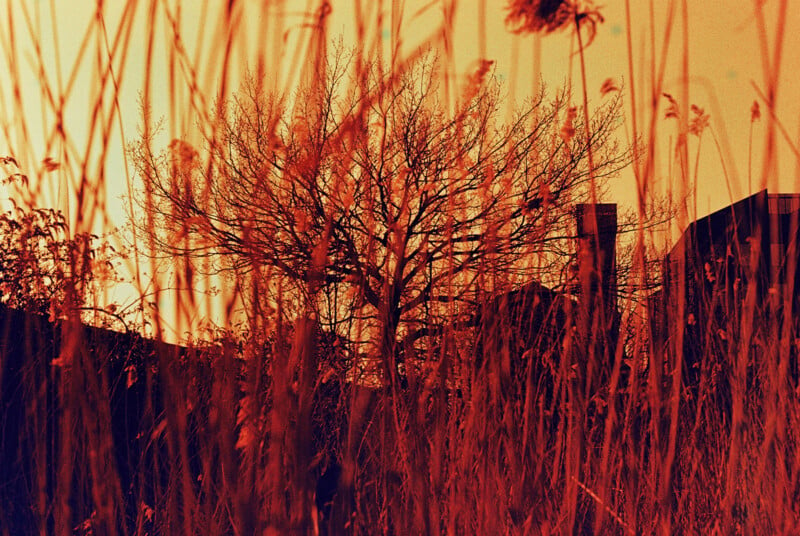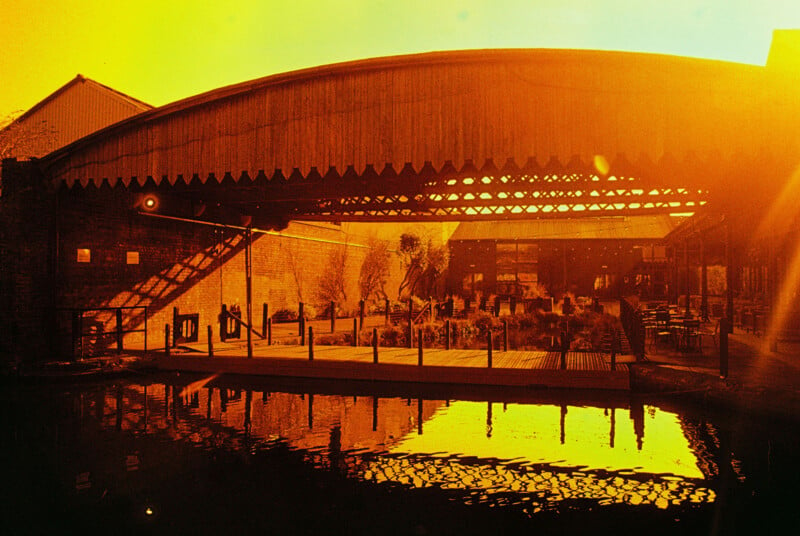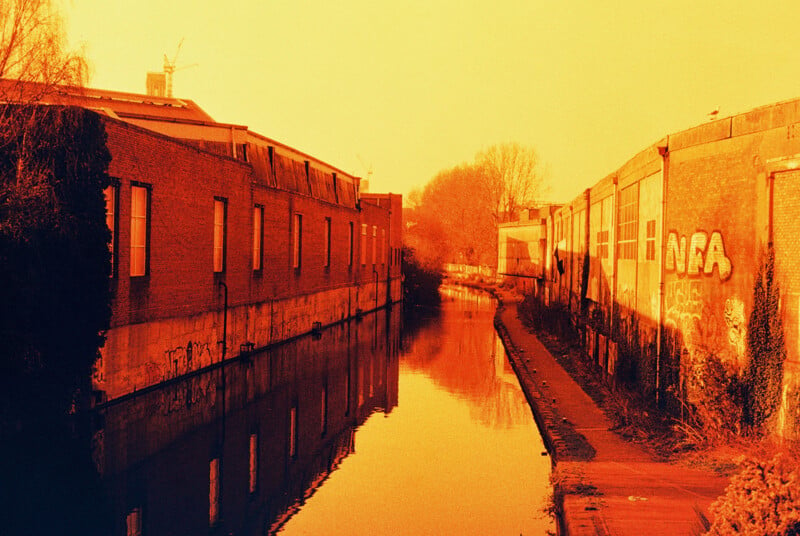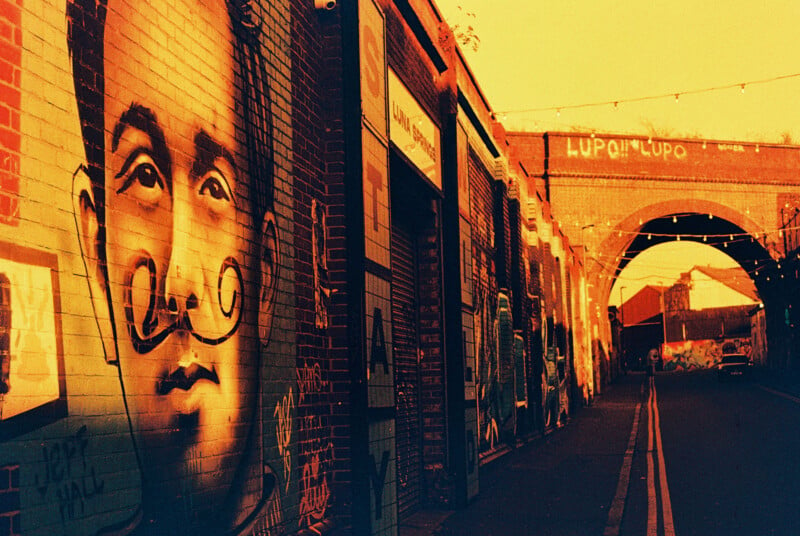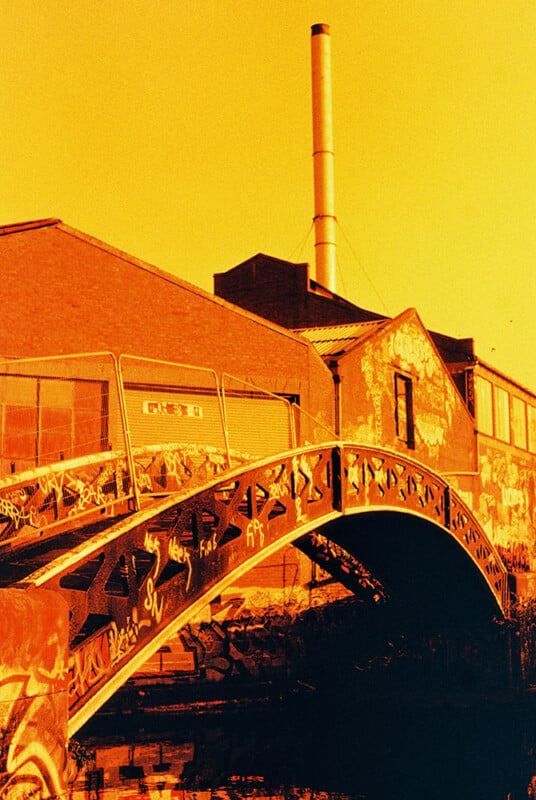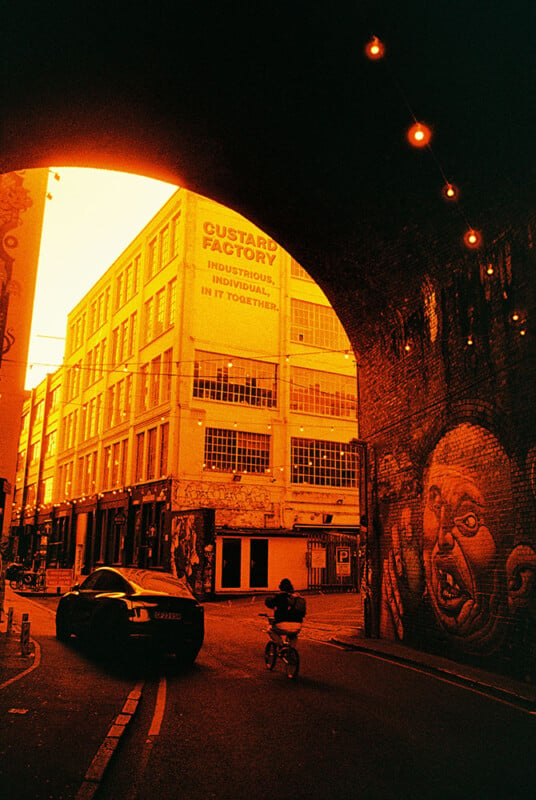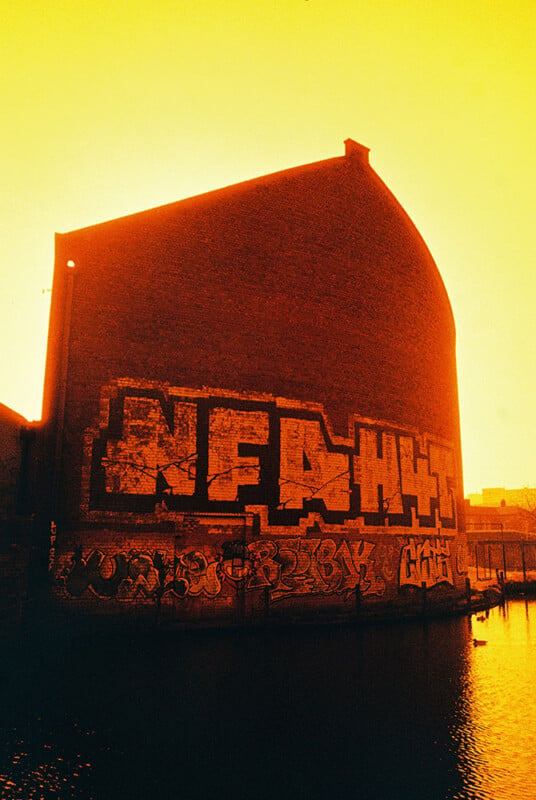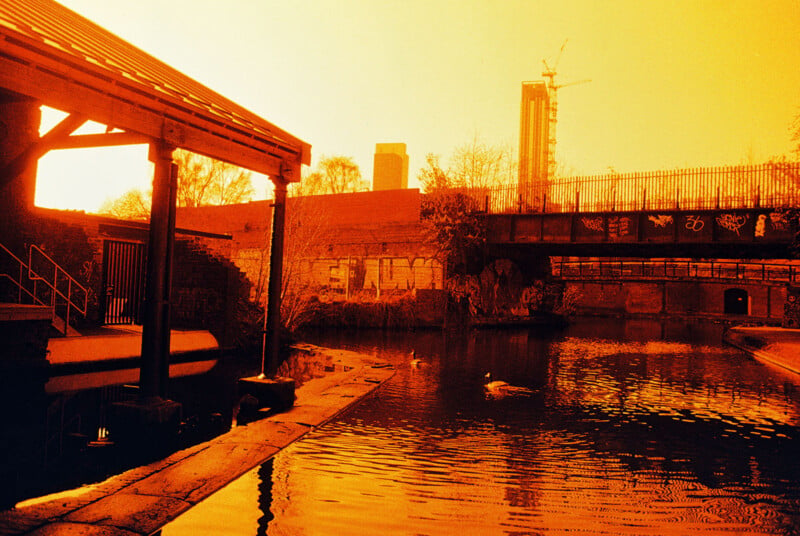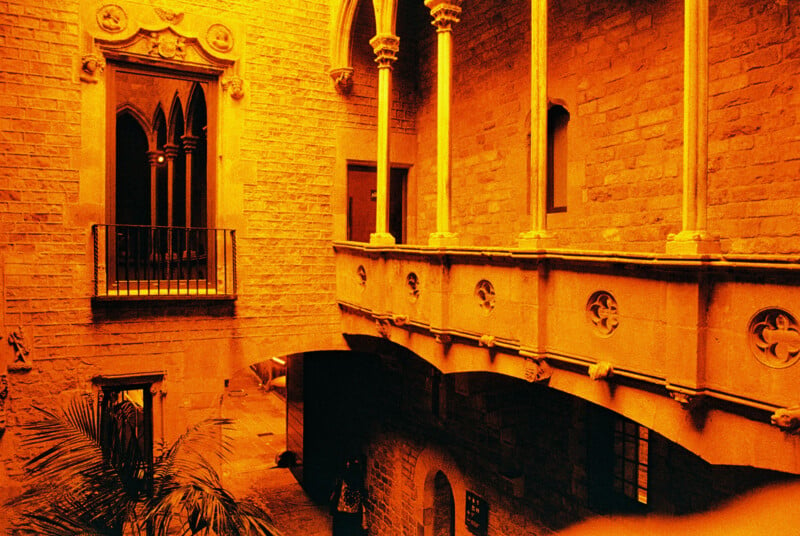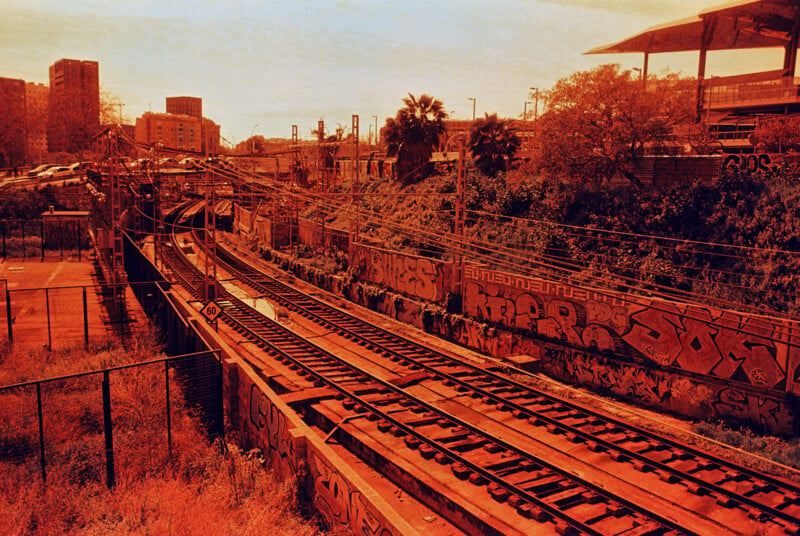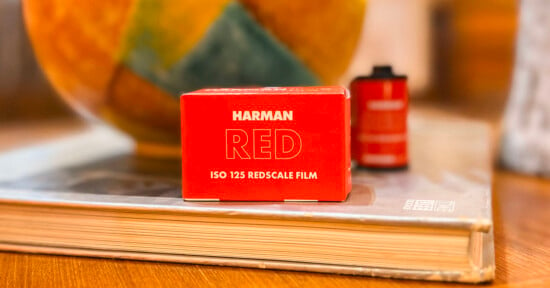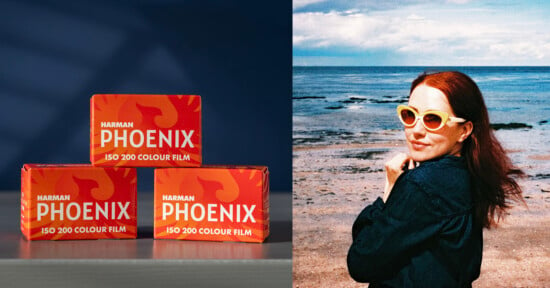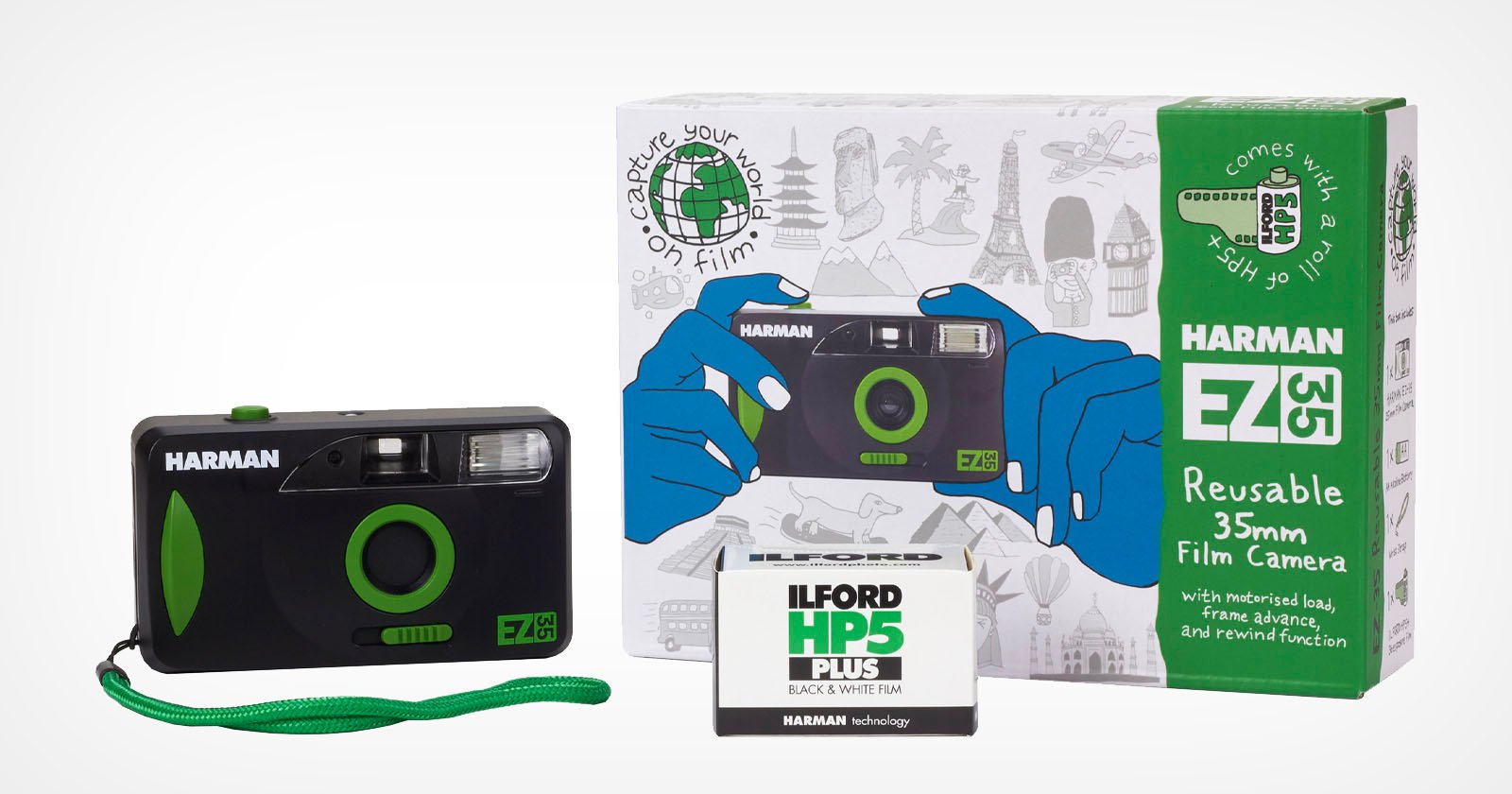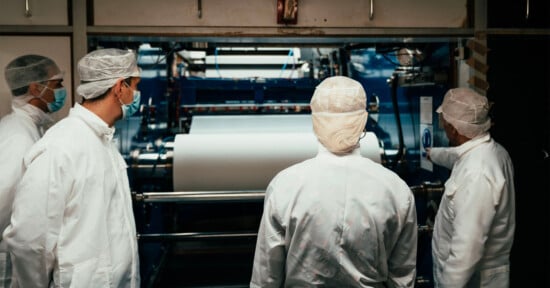Harman Red 125 Film Review: Paint the Town Red
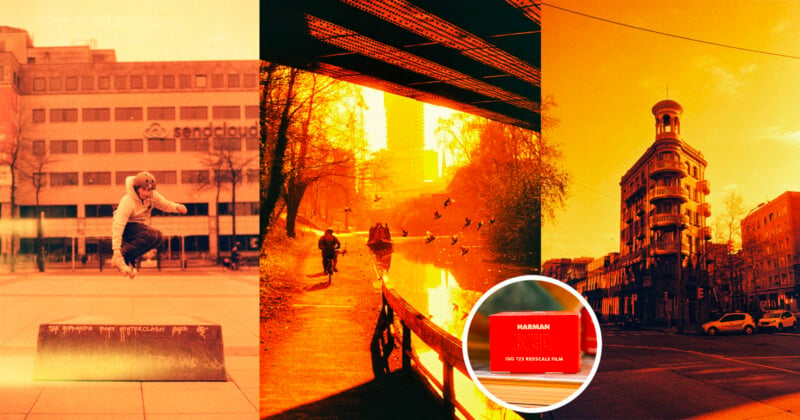
It appears that Harman Technology’s foray into 35mm color film series has been a success, following the release of Phoenix 200 in late 2023 — which is still widely available despite being described as limited edition upon release — Harman followed up with another color negative film, Red 125.
While the Phoenix 200 film definitely gives off wine-infused tones, Red 125 is a professionally finished, redscale film. The visual effect is achieved by shooting through the back of a color film which exposes the image through the film’s base and red-sensitive layer first.
Processed by C41 chemicals, the UK-based company — that also trades under the Ilford name — says that it can “transform mundane scenes into dystopian masterpieces.”
Harman sent me three rolls of pre-production film which are near identical to the full version. The question I faced was, what the heck do I shoot with this rouge film?
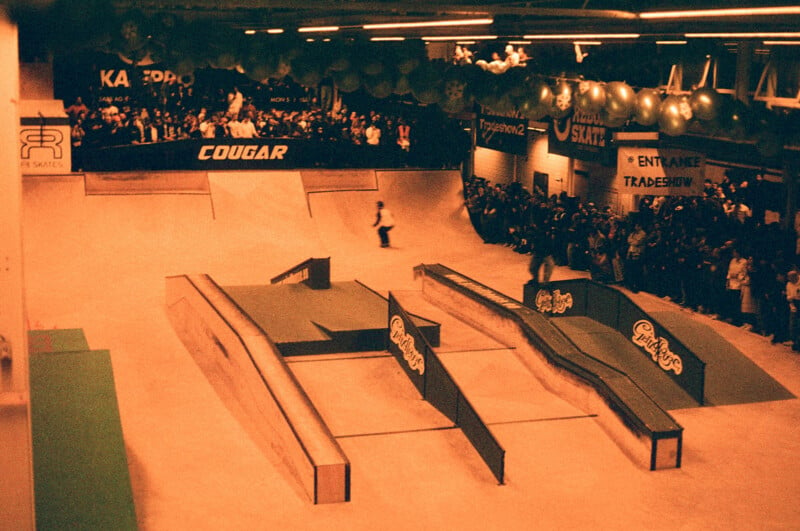
The skate competition in the Netherlands took place in February when it was very cold and large chunks of it was indoors. So I decided to push the film 1.75 stops — setting my ISO dial on my Canon AE-1 to 400 — enabling me to increase my shutter speed.
Harman says that Red has a usable exposure range of 50 to 400. But for best results, it recommends shooting between 100 and 200 on the Exposure Index, “depending on scene brightness and contrast.”
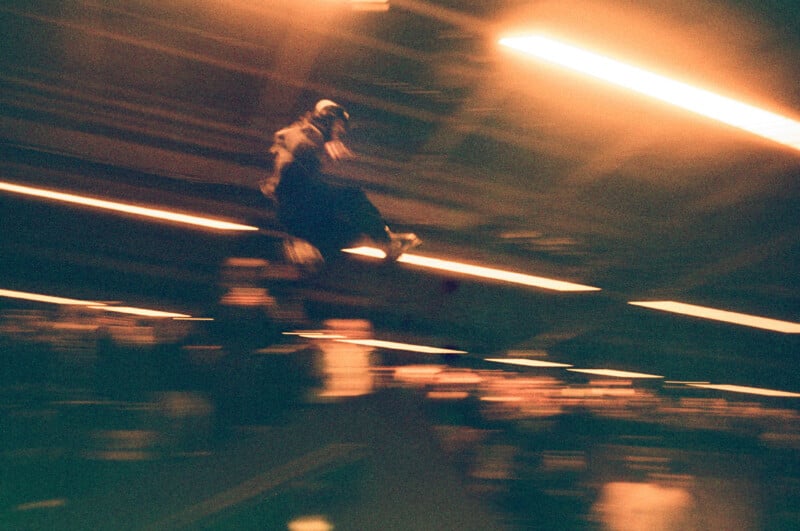
Shooting indoors under fluorescent lights muted the red hues; a vibe that I liked. It was mainly overcast in the Netherlands and shooting outdoors gave a similar result to indoors, the crimson was less pronounced and it made the film look almost sepia.
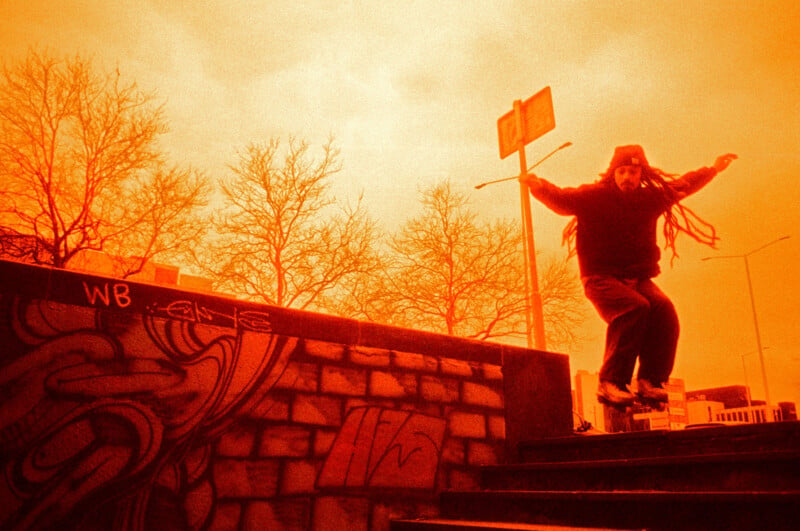
I was struck by the text on the cassette box; “Harman Red yields dramatic apocalyptic looking images”, it reads. So I figured, what’s more apocalyptic than urban explorer photography? And it just so happened that I had access to an abandoned factory. So I took along my camera and film.
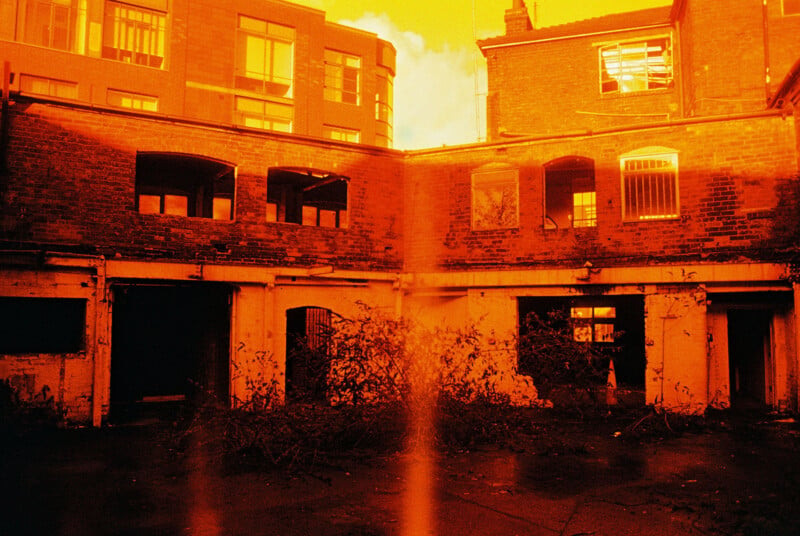
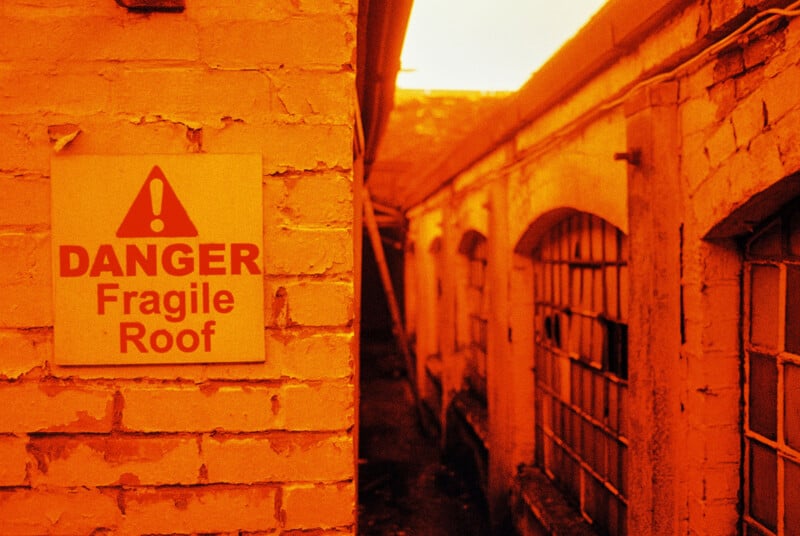
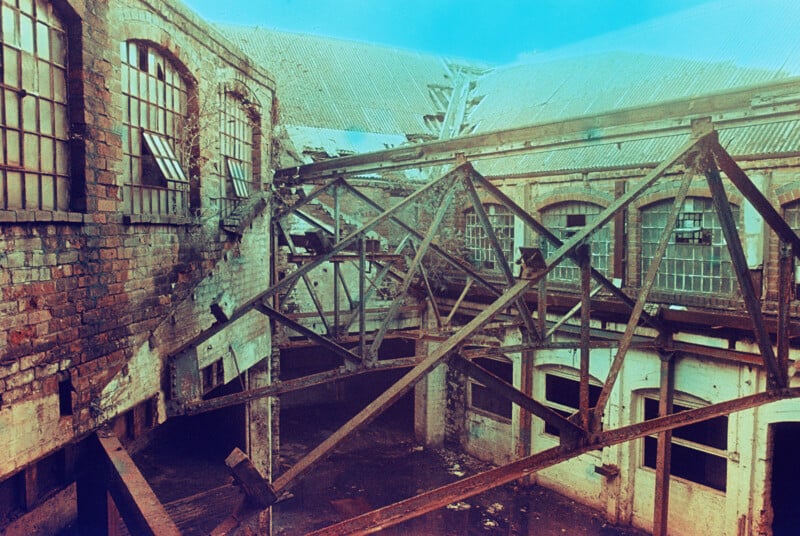
Lighting Conditions
On sunny days, the rays of light turbo-charge the film’s red predisposition to create a fiery saturation. Of all my shots in the abandoned factory, I thought the one taken in the shade, with even lighting, probably turned out best.
It was here too that I found when the film is overexposed, the red appears to make way for a more green hue. On its website, Harman says that under exposures creates “coarser grain, prominent shadows, and deeper reds. Normal exposure makes for “normal grain, consistent orange tons, softer shadows. While over exposed shots give a “finer grains, brighter, more contrasty images, and varying tones.” For more, Harman released a comprehensive datasheet for the film.
Given the film is ISO 125, I had to find a sunny day to shoot on. Searching around for ideas, I settled on capturing the Victorian canals of Birmingham, England.
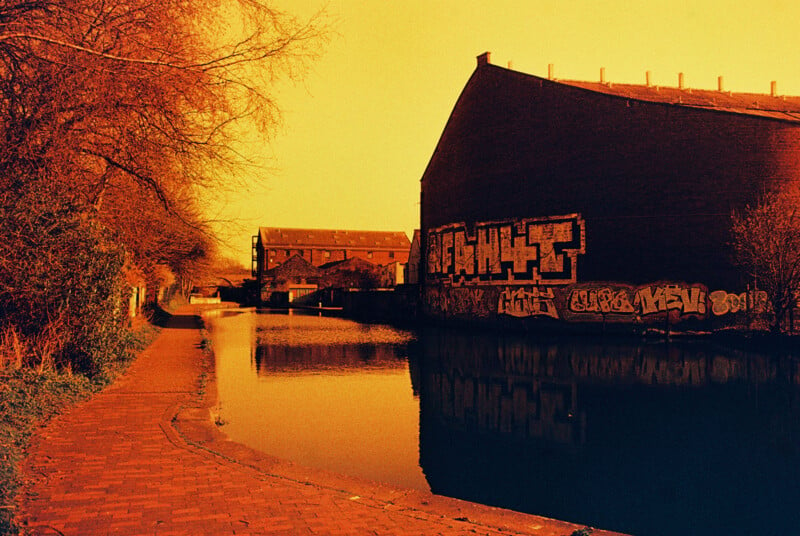
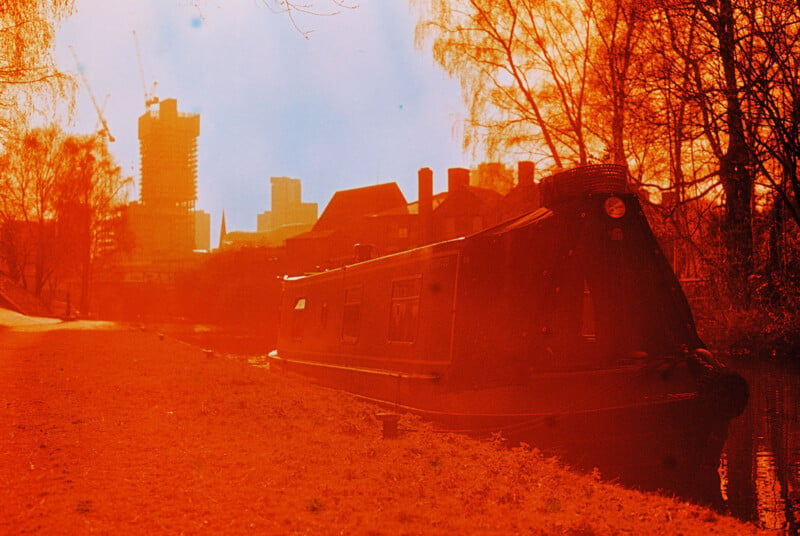

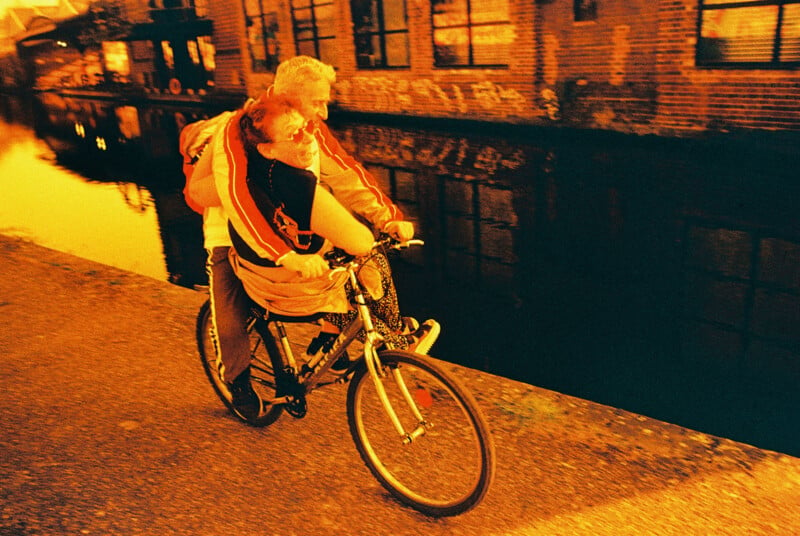

When I was shooting the above photos, I hadn’t yet fully realized the Sun’s dramatic effect on the film — energizing the reds to an extreme degree. Looking back, it is possible these photos may have come out nicer if shot beneath the even tones of an overcast sky. The abundance of contrast in the film would have made up for lack of sunlight.
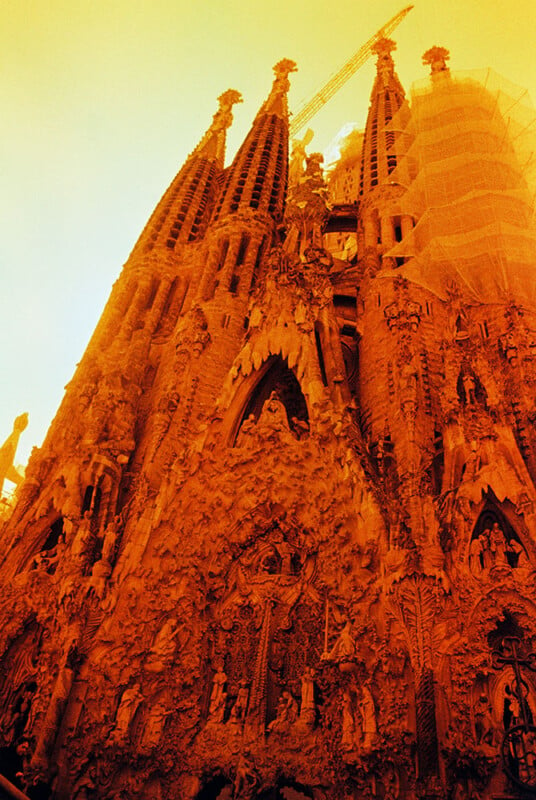
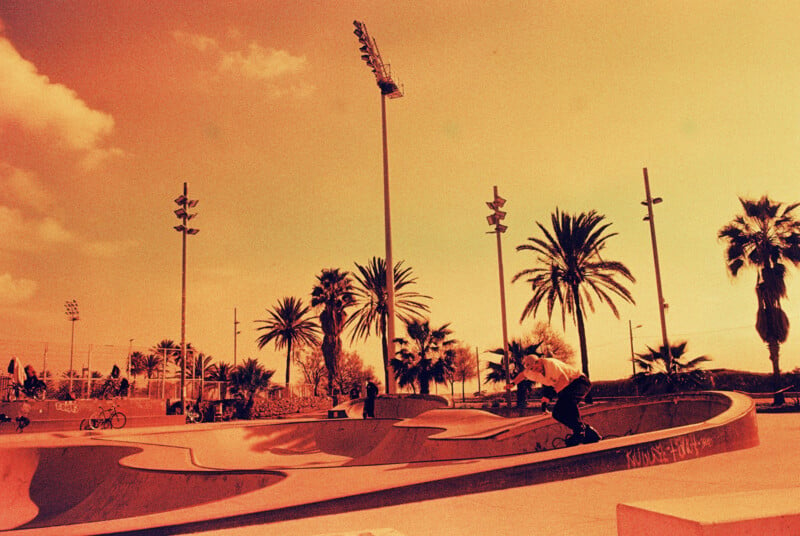
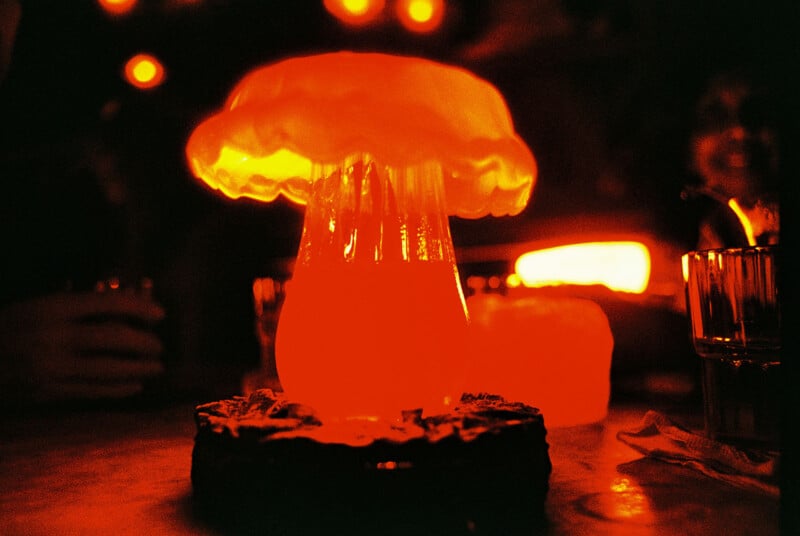
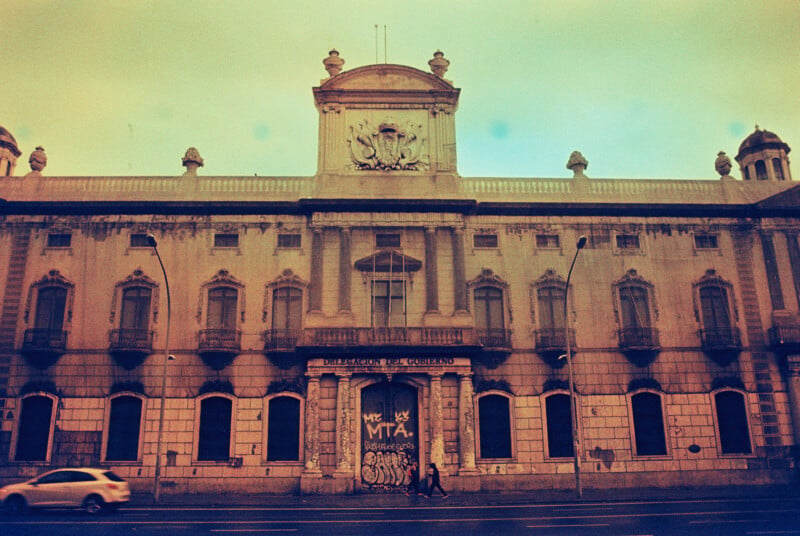
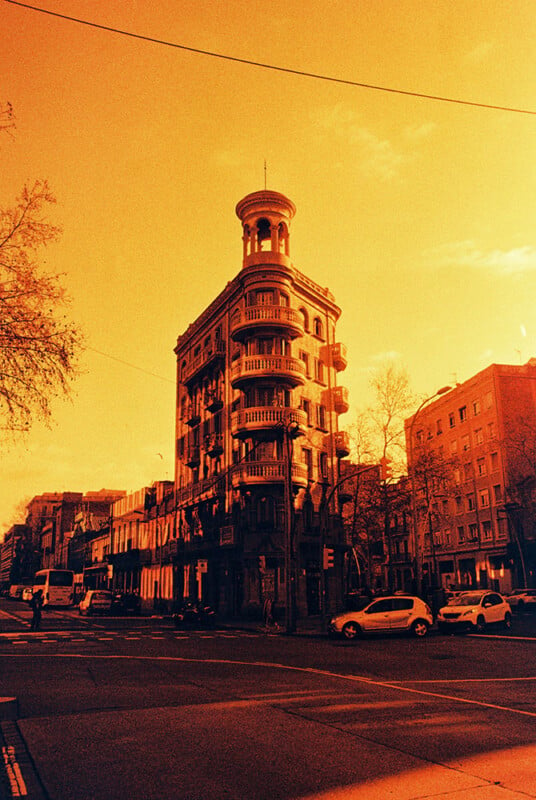
Who is This Film For?
Harman Red is for analog photographers who are keen to experiment and don’t mind not knowing exactly which reddish color tone will appear on each frame. The precise accent of each image is dependent on the light source and exposure settings.
My favorite images were the ones taken in diffused light. Harman is absolutely right when they say it can transform mundane scenes. Personally, I think the effect of sunlight on the film can be a little too much, and knowing what I know now, I would opt to shoot in low-contrast lighting wherever possible.
Should You Buy It?
Yes, absolutely. Take a good look at my pictures, and pay attention to the light. I think this is a really fun film stock capable of creating unique-looking images that can’t be achieved digitally.
It’s a film that could be used for an unusual portrait, for a unique landscape shot, or for emphasizing eccentrictiy at a festival or party.
Special mention to PPP Film Lab for processing the rolls.
Image credits: Photographs by Matt Growcoot

